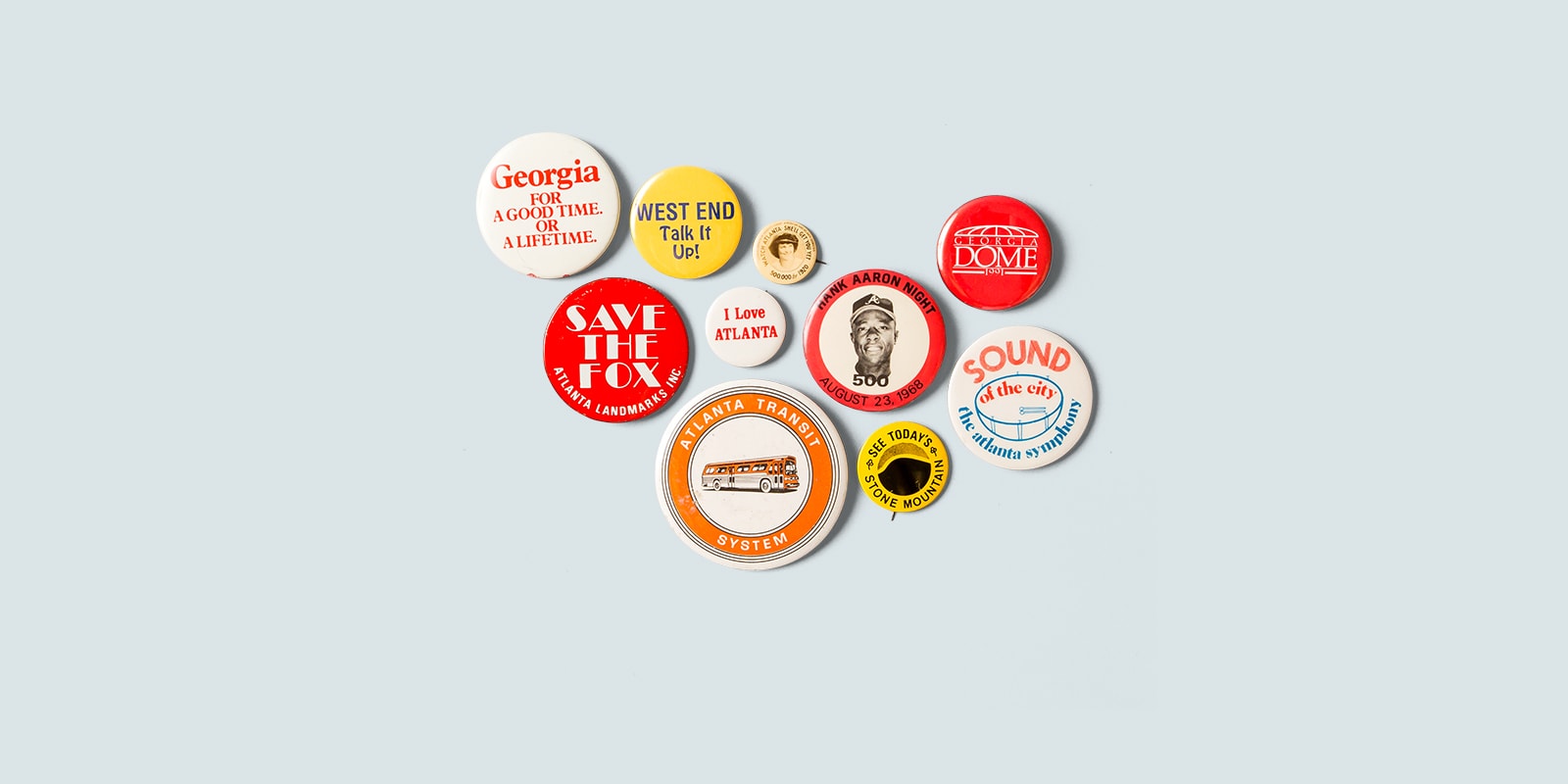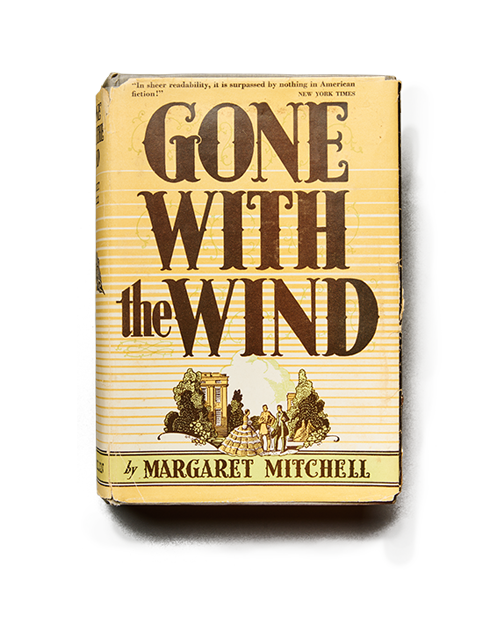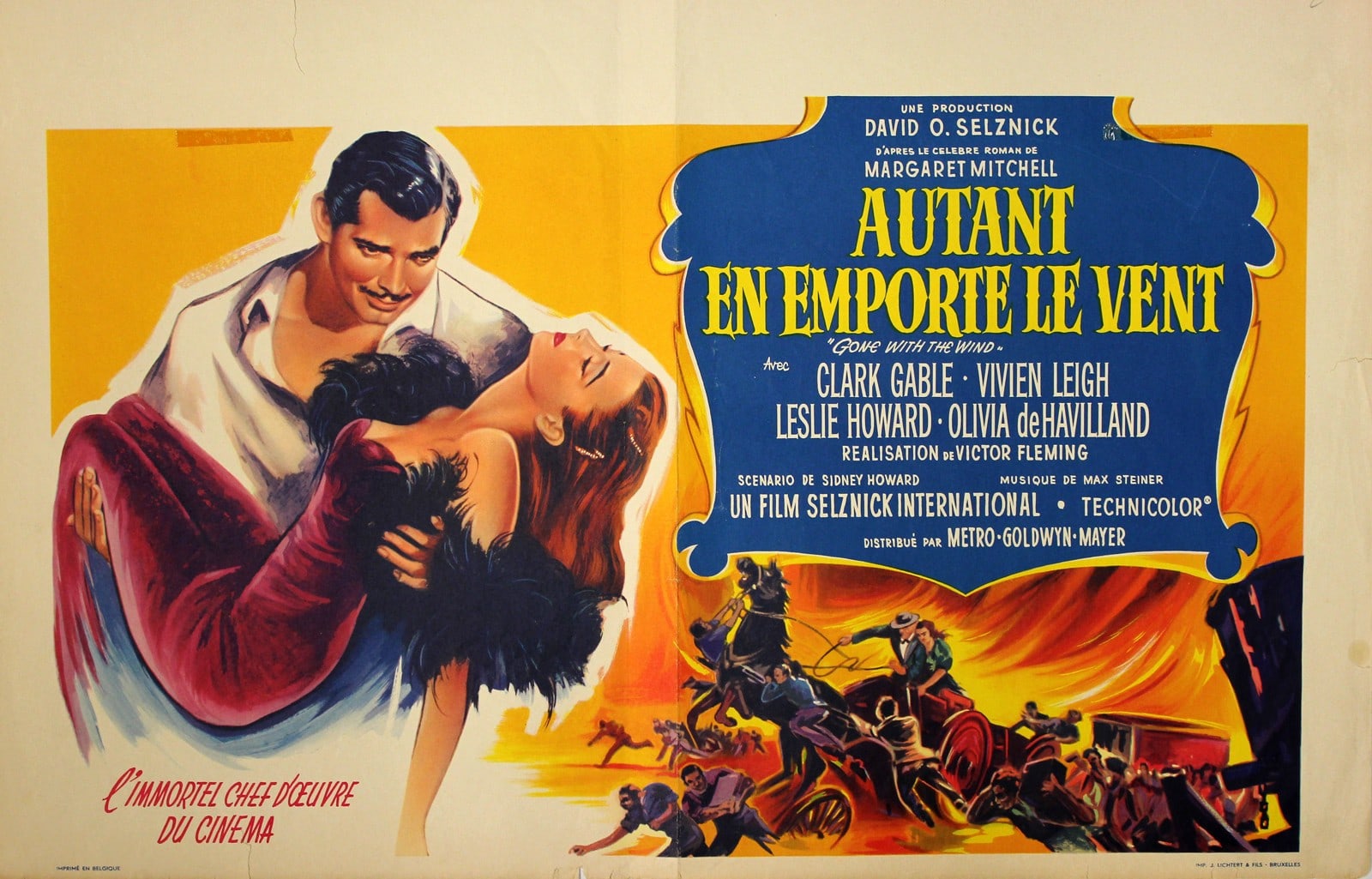Atlanta in 50 Objects
A pink pig and a renegade cow. A movie prop and a Coke bottle. A Pulitzer Prize–winning book and a Nobel Prize–winning icon.
How do you tell the story of Atlanta in 50 objects? We decided the best experts were Atlantans themselves—residents who cheer the Braves and rue I–285 rush-hour traffic, who understand how Civil War losses and Civil Rights victories together helped forge the city’s unique identity. Atlanta History Center asked the public to submit what objects they think best represent their town. The parameters were broad: an object could also be a person, a place, an institution, or an idea. After receiving hundreds of submissions, History Center staff assembled a collection of fifty pieces that represent the themes identified by the public. In addition to items from our own collections, we have partnered with many local institutions and individuals to gather artifacts from around the city to tell this community–driven story.


Gone With the Wind
Atlanta native Margaret Mitchell’s 1936 novel, Gone With the Wind, occupies an important place in American literature.
After breaking publishing records with one million copies sold within six months, the novel won the Pulitzer Prize, has been translated into more than forty languages, and remains one of the best-selling novels of all time.
Prior to the novel’s publication, Hollywood producer David O. Selznick purchased the motion picture rights at $50,000, more than had ever been paid for the rights to an author’s first novel. The film debuted in Atlanta at Loew’s Grand Theatre in December 1939, breaking box office records in the course of its first run. Having won eight Academy Awards, it remains one of the most popular and commercially successful films ever made. The success of Gone With the Wind gave Mitchell the financial resources to support philanthropic interests, including numerous social service organizations in Atlanta and medical scholarships for Morehouse College students. In 1949, Mitchell died after being struck by a car while crossing Peachtree Street near 13th Street. She is buried in Atlanta’s Oakland Cemetery.

Movie poster for the Belgian release of the film, ca. 1950. Kenan Research Center at Atlanta History Center, Purchase acquisition with funds from Coca-Cola Company